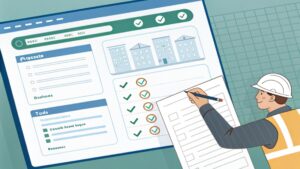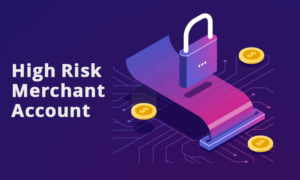Library Liberation: Campaigns for Cheaper E-Books and Wider Digital Access
The Digital Revolution in Reading
The shift from paperbacks to pixels isn’t new, but the momentum it’s gaining is reshaping how we think about reading. Across the globe, there’s a growing call for fairer, more affordable access to digital books especially in libraries. These spaces, once anchored in physical shelves, are now grappling with a digital frontier that isn’t always accessible or budget-friendly.
Why Are E-Books Still So Expensive?
It might seem counterintuitive. Without the costs of printing, storage, or shipping, e-books should be cheaper, right? Yet many libraries pay exorbitant prices for temporary access to digital copies. In many cases, libraries must “rent” these books repeatedly or pay for a limited number of loans, making it more expensive than buying physical books outright.
This pricing model is not sustainable, especially for institutions that serve underfunded schools or marginalized communities. What’s worse, it restricts readers’ access to knowledge based on budget—not need.
How Licensing Limits Digital Access
Unlike a paperback that a library owns indefinitely, an e-book is typically licensed. Publishers often set limits on how many times a book can be loaned or how long a library can access it. Once that time is up or the loan cap is reached, libraries must pay again. This model favors profit over access and undermines the core purpose of libraries.
The Rise of Digital Advocacy Campaigns
To challenge these outdated systems, educational groups, authors, and digital rights advocates have launched campaigns that aim to rebalance the scales. These movements focus on:
- Fair licensing terms that treat digital books more like physical books
- Transparent pricing that reflects true value
- Wider access for educators and students
These efforts are not only reshaping policy but also changing how people perceive the digital rights associated with reading.
The Role of Authors in Digital Liberation
Authors, too, are playing a significant part. Some now choose to license their e-books directly to libraries at more reasonable rates or even donate digital copies to public institutions. Their advocacy adds weight to campaigns and signals a shift toward prioritizing readership and literacy over rigid commercial models.
How Our Educational Firm Sees the Future
As a part of the publishing world, our educational firm believes in democratizing access to information. Libraries are vital in creating lifelong readers, thinkers, and learners. It’s time we modernize access, not just the medium.
We’ve observed how digital publishing can either bridge or widen the gap depending on how it’s handled. When e-books become more accessible, they open doors—especially for readers with disabilities, rural communities, or those relying on public systems to nourish their curiosity.
E-Books in Education: A Double-Edged Sword
For educators, the transition to e-books has been both a blessing and a burden. On one hand, digital texts allow for instant access and portability. On the other, restrictive licensing and high costs make it hard for schools to provide diverse reading materials to students.
Some school systems can afford full digital libraries, while others struggle to maintain even a basic digital catalogue. This digital divide mirrors broader inequalities in education—and it’s something that must be addressed urgently.
Children’s Access to Digital Reading Materials
Young readers are often left out of the conversation, but they’re among the most affected. Affordable digital books are critical for literacy development, especially for kids in remote or underserved areas. This is why the work of childrens book publishers becomes even more crucial in the digital age. The challenge lies not only in creating engaging content but also ensuring it’s widely and fairly accessible.
The Importance of Good Design in Digital Publishing
A well-designed e-book enhances the reading experience—especially for children or those with learning difficulties. Proper formatting, accessibility features, and visual layouts make digital books more usable and enjoyable. That’s where Book Layout Design Services come into play. These services ensure that digital books are not just readable, but thoughtfully constructed for various devices and readers.
Where British Book Publishing Fits In
Our educational firm, British Book Publishing, supports campaigns for fairer e-book pricing and broader access. We believe that digital transformation should not come at the cost of accessibility. That’s why we work with authors and institutions to offer solutions that reflect the real-world needs of readers—especially those in public and educational spaces.
What Readers and Librarians Can Do
Change isn’t just top-down. Readers, librarians, and educators can make a difference by:
- Supporting authors who champion open access
- Writing to publishers demanding fair licensing
- Using open-access resources when possible
- Joining advocacy groups that fight for digital equity
These grassroots efforts, though small on their own, contribute to a much larger movement.
Looking Ahead: What Will Libraries Look Like Tomorrow?
Imagine a library where access isn’t limited by budget or location. Where every child can open a digital book on any device, regardless of their background. That’s the vision behind these campaigns. It’s not about replacing traditional libraries, it’s about enhancing them with the tools of today.
As digital reading becomes more prevalent, we must ensure it stays inclusive. With the right policies, pricing models, and public support, we can create a digital reading landscape that’s truly equitable.













